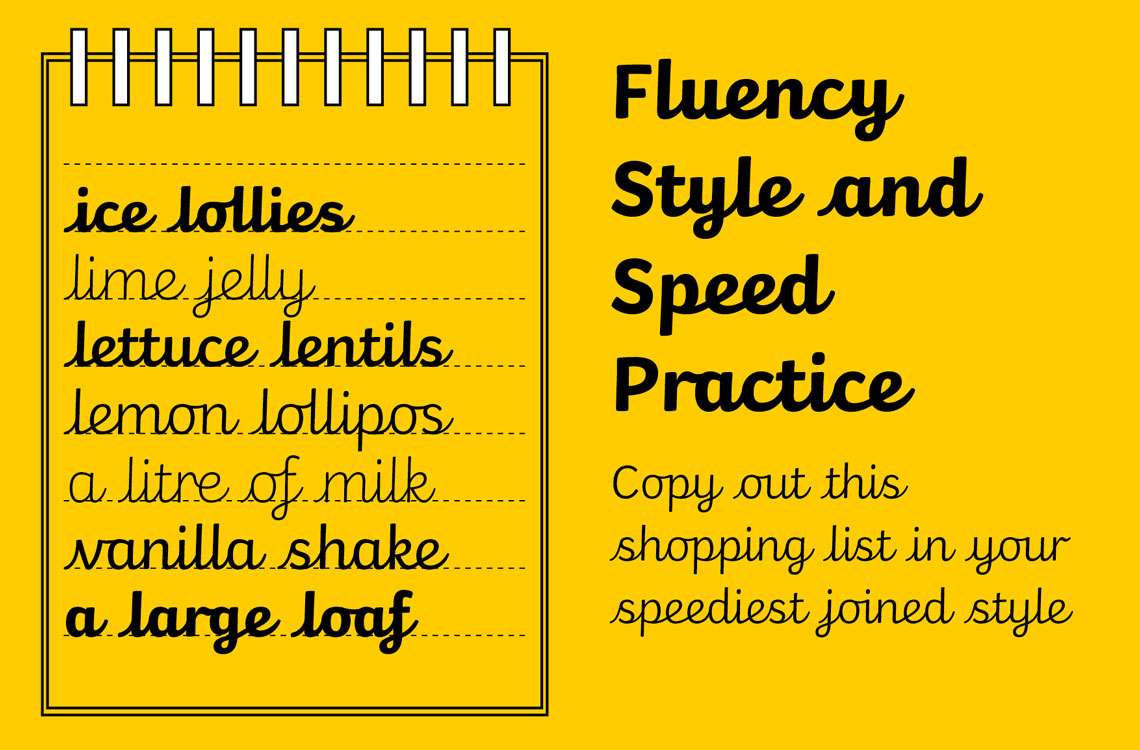Twinkl Cursive
November 2017
In 2016 TypeTogether developed an original typeface for Twinkl, a UK-based company that provides educational material and support to schools. Our original typeface for Twinkl solves the dual problems of establishing strong corporate branding across digital and printed media, while having the ability to typeset text for children and educators. In January 2017 we started work on a cursive font based on the Twinkl type family, primarily for use in-house at Twinkl to design resources that teach handwriting, but also for UK teachers’ own personal use.















